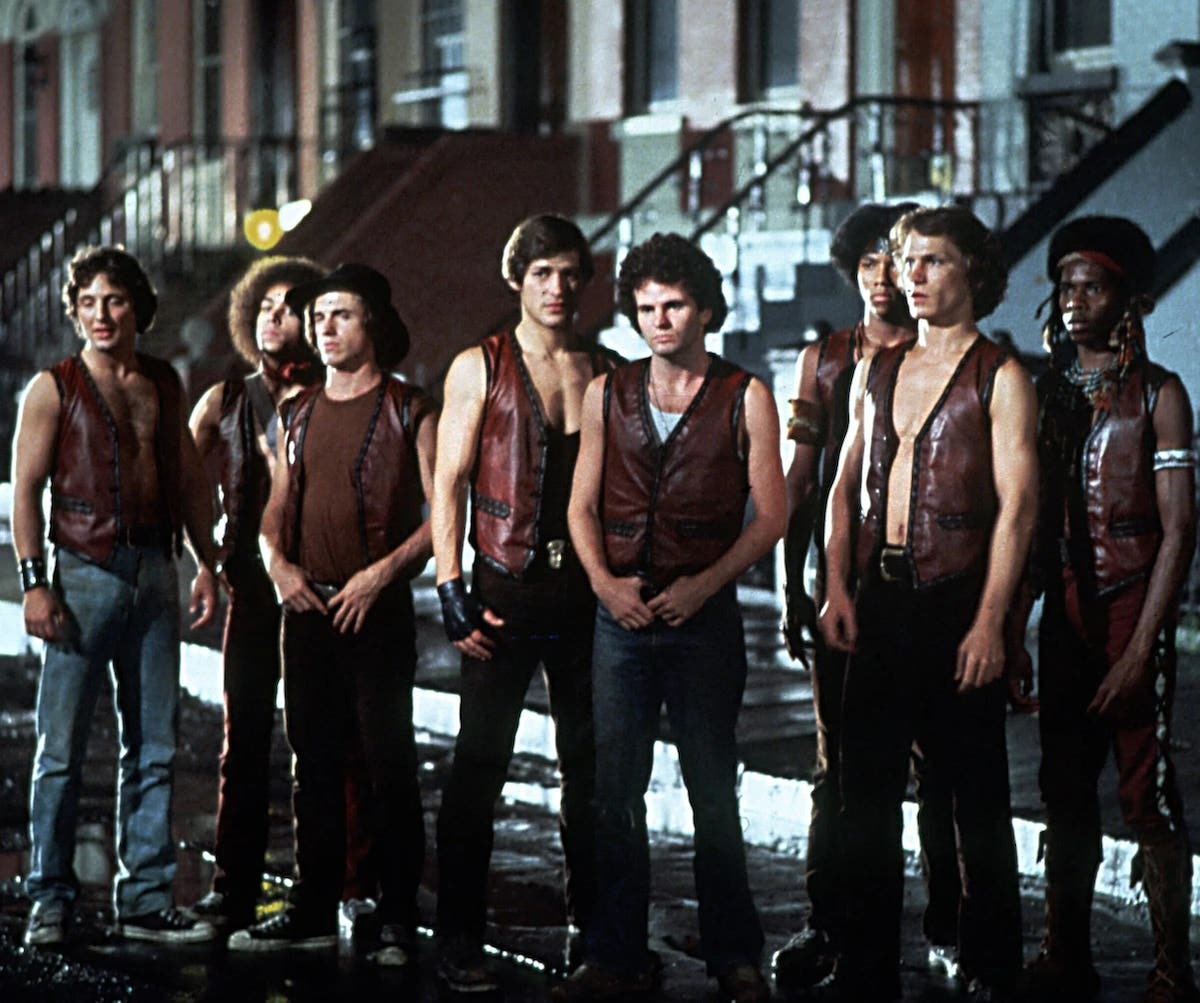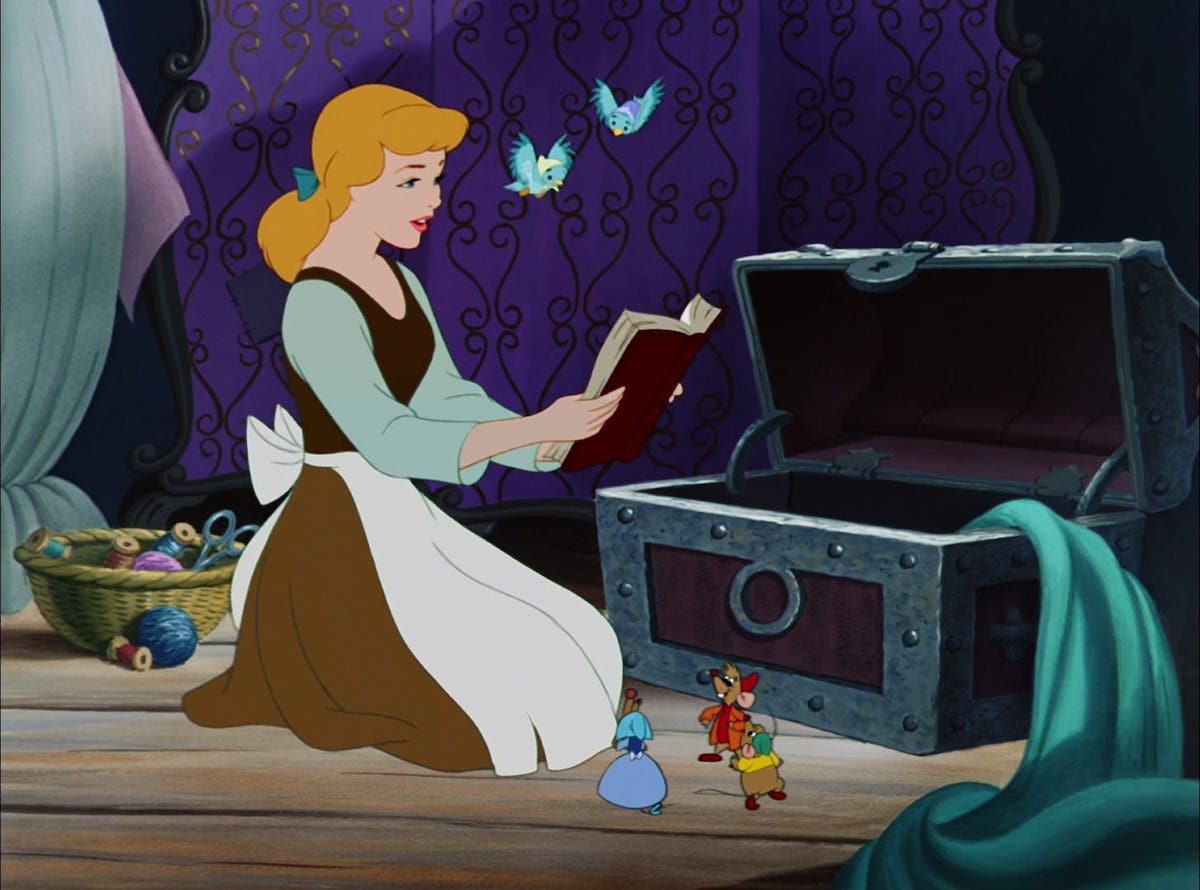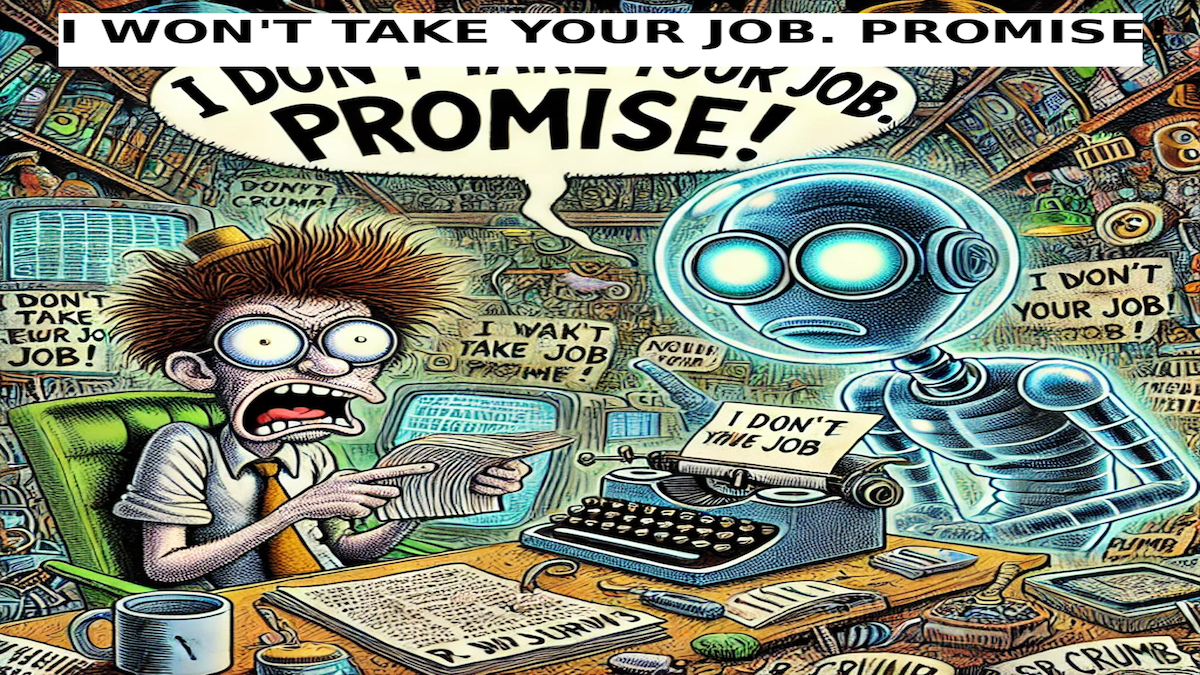How to Write a Query Letter
Hot off the presses for spring 2013 is a brand-new edition of The Hollywood Screenwriting Directory, featuring more than 2,500 listings (up from last edition’s 1,500). You’ll also find updates…
Hot off the presses for spring 2013 is a brand-new edition of The Hollywood Screenwriting Directory, featuring more than 2,500 listings (up from last edition’s 1,500). You’ll also find updates on more than 40% of the contacts, including verified information, like phone numbers, and street and email addresses.
But as I often say, you only have one shot to make a first impression, so make sure your query letter is in tip-top shape before you send it! Below is an excerpt from the Hollywood Screenwriting Directory on 'How to Write a Query Letter' to help you.
And remember, in the Hollywood Screenwriting Directory, you can find even more step-by-step instructions for writing essential marketing pieces like treatments and loglines, plus illustrated samples to help you create a quality submission.
Read our tips below and take a shot at querying a Hollywood executive right from your own home. There's no time like the present to take control over your career!
Now get reading and get writing!
Jeanne Veillette Bowerman
Editor ScriptMag
~~~~~~~~~~~~~~~~~~~~~~~~~~~~~~~~~~
How to Write a Query Letter
A query is a one-page, single-spaced letter that quickly tells who you are, what the work is, and why the work is appropriate for the market in question. Just as queries are used as the first means of contact for pitching magazine articles and novels, they work just the same for scripts.
A well-written query is broken down into three parts.
Part I: Your reason for contacting/script details
Before even looking at the few sentences describing your story, a producer wants to see two other things:
- What is it? State the title, genre, and whether it’s a full-length script or a shorter one.
- Why are you contacting this market/person in particular? There are thousands of individuals who receive scripts. Why have you chosen this person to review the material? Is it because you met them in person and they requested to see your work? Have they represented writers similar to you? Did you read that they were actively looking for zombie comedies? Spelling out your reason upfront shows that you’ve done your research, and that you’re a professional.
Part II: The Elevator Pitch
If you wrote the first paragraph correctly, you’ve got their attention, so pitch away. Explain what your story is in about 3-6 sentences. The point here is to intrigue and pique only. Don’t get into nitty-gritty details of any kind. Hesitate using a whole lot of character names or backstory. Don’t say how it ends or who dies during the climax or that the hero’s father betrays him in Act II. Introduce us to the main character and his situation, then get to the key part of the pitch: the conflict.
Try to include tidbits here and there that make your story unique. If it’s about a cop nearing retirement, that’s nothing new. But if the story is about a retiring cop considering a sex change operation in his bid to completely start over, while the police union is threatening to take away his pension should he do this, then you’ve got something different that readers may want to see.
Part III: The Wrap-Up
Your pitch is complete. The last paragraph is where you get to talk about yourself and your accomplishments. If the script has won any awards or been a finalist in a prominent competition, this is the place to say so. Mention your writing credentials and experience. Obviously, any paid screenwriting experience is most valuable, but feel free to include other tidbits such as if you’re a magazine freelancer or a published novelist.
Sometimes, there won’t be much to say at the end of a query letter because the writer has no credits, no contacts and nothing to brag about. As your mother would tell you: If you don’t have anything nice to say, don’t say anything at all. Keep the last section brief if you must, rather than going on and on about being an “active blogger” or having one poem published in your college literary magazine.
Following some information about you, it’s time to wrap up the query and propose sending more material. A simple way to do this is by saying “The script is complete. May I send you the treatment and full screenplay?”
If you send your query letter by mail, include a self-addressed stamped envelope so your reader is able to respond without hesitation.
To ensure your query letter is in the best possible shape it can be before you mail it out to Hollywood A-listers, use our Screenplay Query Letter Critique service, so you can find out what works, what doesn't, and how to fix it through an evaluation from the Industry experts at The Writers Store.
Want more great how-to articles, and complete contact details for the kind of A-listers that can take your screenplay from spec to sold? Get your copy of the spring 2013 Hollywood Screenwriters Directory today.
At a Glance:
- Specialized resource with over 2,500 Industry listings
- Also includes manuals on format, query letters, treatments, and loglines
- Provides screenwriting market intel you won’t find anywhere else
Get more tips in our FREE Download Querying Screenwriting Executives 101
Top screenwriting and film publication, founded in 1989, published by Active Interest Media. Twitter: @scriptmag

![The Era of the Multi-Hyphenate: An Interview With Writer and Filmmaker Mario O. Moreno [SERIES]](https://scriptmag.com/uploads/MjEzMTEyNzA4NjQ2NTc3NjE1/the-era-of-the-multi-hyphenate-series-script-hero.png?format=auto&optimize=high&width=1440)



